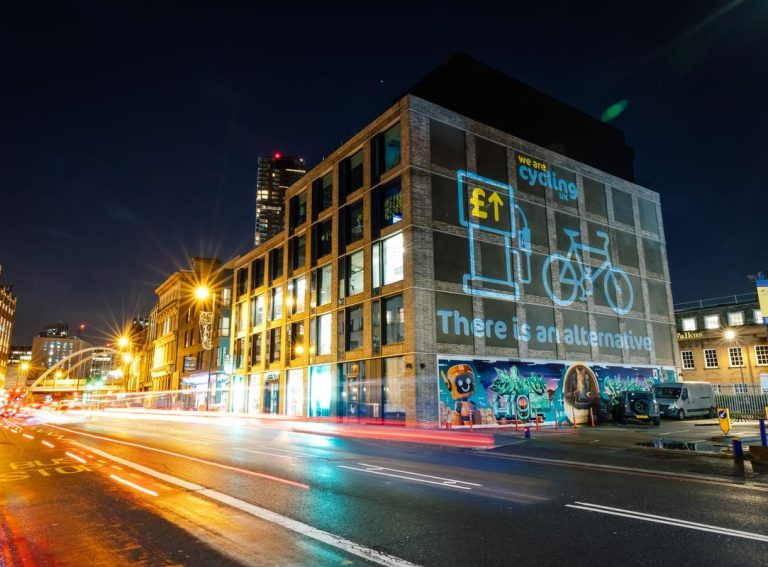New market analysis by Invers has recorded a 14% fleet growth in the European station-based and free-floating car sharing market since 2023.
In the fourth edition of its Mobility Barometer, the mobility tech firm found that the number of vehicles in free-floating and station-based car sharing has grown to 120,000.
Invers Senior Market Researcher Enrico Howe flags the German market to be a key driver of Europe’s car sharing growth.
“Germany has the most free-floating and station-based car sharing vehicles in Europe and certainly has a very strong car sharing culture,” Enrico told Zag Daily.
“Its national car sharing association, Bundesverband CarSharing e.V., reported a very strong fleet growth from 2023 to 2024, with a 27.1% increase in the German car sharing fleet size.”
Of Europe’s total 120,000 fleet in station-based and free-floating business models, Germany ranks first with 43,100 car sharing vehicles. According to Enrico, the biggest single driver in Germany was the growth of the free-floating car sharing fleet.
France is the second largest European market, with a combined station-based and free-floating car sharing fleet of 13,500 vehicles. The Netherlands ranks third with 7,000 vehicles, Belgium fourth with 6,500 vehicles and Italy fifth with 5,900 vehicles.
Amongst these top five markets, Belgium and Germany have the highest car sharing density with more than five car sharing vehicles per 10,000 inhabitants.
“While car sharing has a very long history in many of Europe’s top markets, some younger markets have also seen a very dynamic development recently. Personally, I‘m impressed by the success of the Baltic countries, which have developed strong car sharing cultures in a short period of time.”
The report flagged Portugal, Greece, Romania and Slovakia as countries with comparatively small car sharing scenes.
Free-floating vs station-based
Of the total 120,000 car sharing vehicles quantified in the report, 63,000 are estimated to be free-floating and 57,000 station-based across Europe. This marks the first time Europe’s free-floating car sharing fleet surpasses its station-based fleet, and both business models have hit a record in their fleet sizes.
When asked if there is a “superior” car sharing business model, Enrico said: “There is no one-size-fits-all solution for a car sharing business model. Many car sharing users use different services with different car sharing business models sometimes even from multiple operators.
“Diverse car sharing models and widespread availability contribute greatly to changing individual mobility behaviour. Different car sharing business models help to reinforce each other and together with, for example, a strong public transport network and other shared mobility modes, they support an alternative mobility culture.”
Enrico said that it’s highly region-specific whether a market has more station-based or free-floating vehicles, and most “strong” markets have implemented different types of car sharing in parallel.
On top, the report analyses a third car sharing model – the peer-to-peer car sharing sector – with operators such as Getaround, GoMore, or Turo. This business model can be found in at least 28 European countries and is offered by more than 35 operators.
In terms of vehicle types, the Mobility Barometer found that more than 360 vehicle models from 55 brands are in use across Europe, including the Ford Fiesta, VW Golf and Citroën C3.
Earlier this year, Invers found that 17 car sharing operators in Europe are now offering microcars as part of their solution, with Italian car sharing provider Enjoy offering hundreds of microcars and boasting the largest fleet in Europe.




